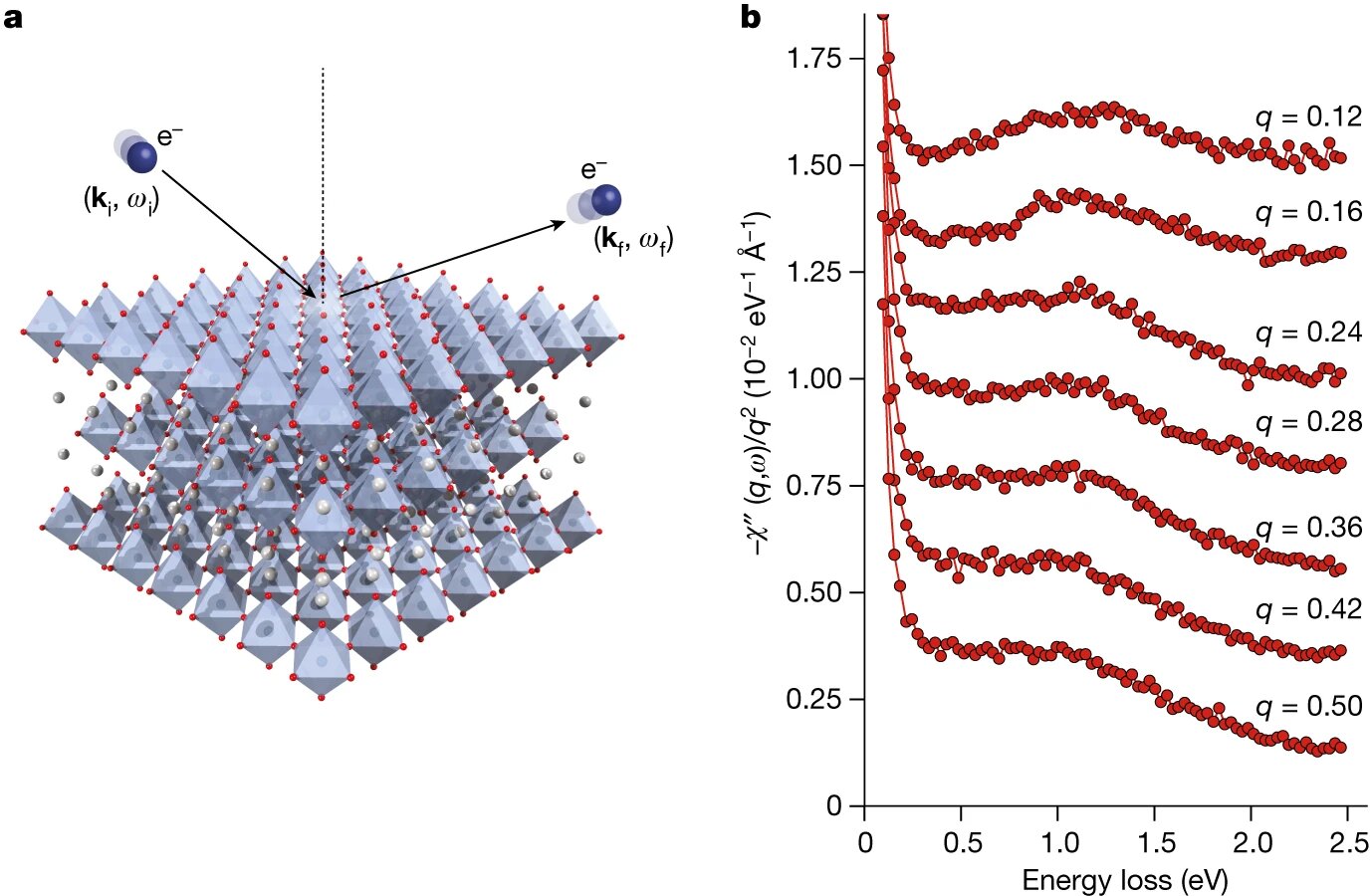In 1956, theoretical physicist David Pines made a bold prediction about electrons in solids. He proposed that these particles, which typically have mass and electric charge, could come together to form a unique composite particle. This particle, known as a “demon,” would be massless, neutral, and would not interact with light. Since its prediction, scientists have speculated about the demon’s role in various metal behaviors. However, its elusive nature has made it difficult to detect.
Now, after 67 years, a team of researchers led by Peter Abbamonte from the University of Illinois Urbana-Champaign has finally discovered Pines’ demon. Using a nonstandard experimental technique, they were able to directly observe the demon’s signature in the metal strontium ruthenate.
“Demons have been a theoretical concept for a long time, but experimentalists have never studied them,” said Abbamonte. “We weren’t even looking for it, but it turned out we were doing exactly the right thing, and we found it.”
The elusive demon
One of the most significant findings in condensed matter physics is that electrons lose their individuality in solids. Through electric interactions, electrons combine to form collective units. In certain cases, with enough energy, electrons can form composite particles called plasmons. However, these plasmons usually require high energies that are not available at room temperature.
Pines discovered an exception to this rule. He proposed that if a solid has electrons in multiple energy bands, their respective plasmons can combine in an out-of-phase pattern to form a new plasmon that is massless and neutral – a demon. Since demons are massless, they can form at any energy level, making them potentially existent at all temperatures. This has led to speculation about their significant effects on the behavior of multi-band metals.
Due to their neutrality, demons do not leave a signature in standard condensed matter experiments. “The majority of experiments measure optical properties using light, but demons, being electrically neutral, do not interact with light,” explained Abbamonte. “A different kind of experiment was needed.”
A serendipitous discovery
Abbamonte and his collaborators were initially studying strontium ruthenate for an unrelated reason. They were conducting a survey of the metal’s electronic properties to gain insights into other systems where high-temperature superconductivity occurs. During this study, they used a nonstandard technique called momentum-resolved electron energy-loss spectroscopy to directly observe the metal’s features, including plasmons.
While analyzing the data, they stumbled upon something unusual – an electronic mode with no mass. “At first, we had no idea what it was. Demons are not mainstream. We laughed it off initially, but as we ruled out other possibilities, we started suspecting that we had indeed found the demon,” recalled former graduate student Ali Husain, now a research scientist at Quantinuum.
They then enlisted the help of Edwin Huang, a condensed matter theorist, to calculate the features of strontium ruthenate’s electronic structure. “Pines’ prediction of demons requires specific conditions, and it was unclear whether strontium ruthenate would have a demon at all,” said Huang. “We had to perform a microscopic calculation to clarify what was going on. And when we did, we found a particle consisting of two electron bands oscillating out-of-phase, just as Pines described.”
The importance of exploration
According to Abbamonte, the discovery of the demon was not a planned outcome but rather a serendipitous finding. He emphasized the significance of trying new techniques and exploring uncharted territories in scientific research. “Most big discoveries are not planned. You go look somewhere new and see what’s there,” he said.








